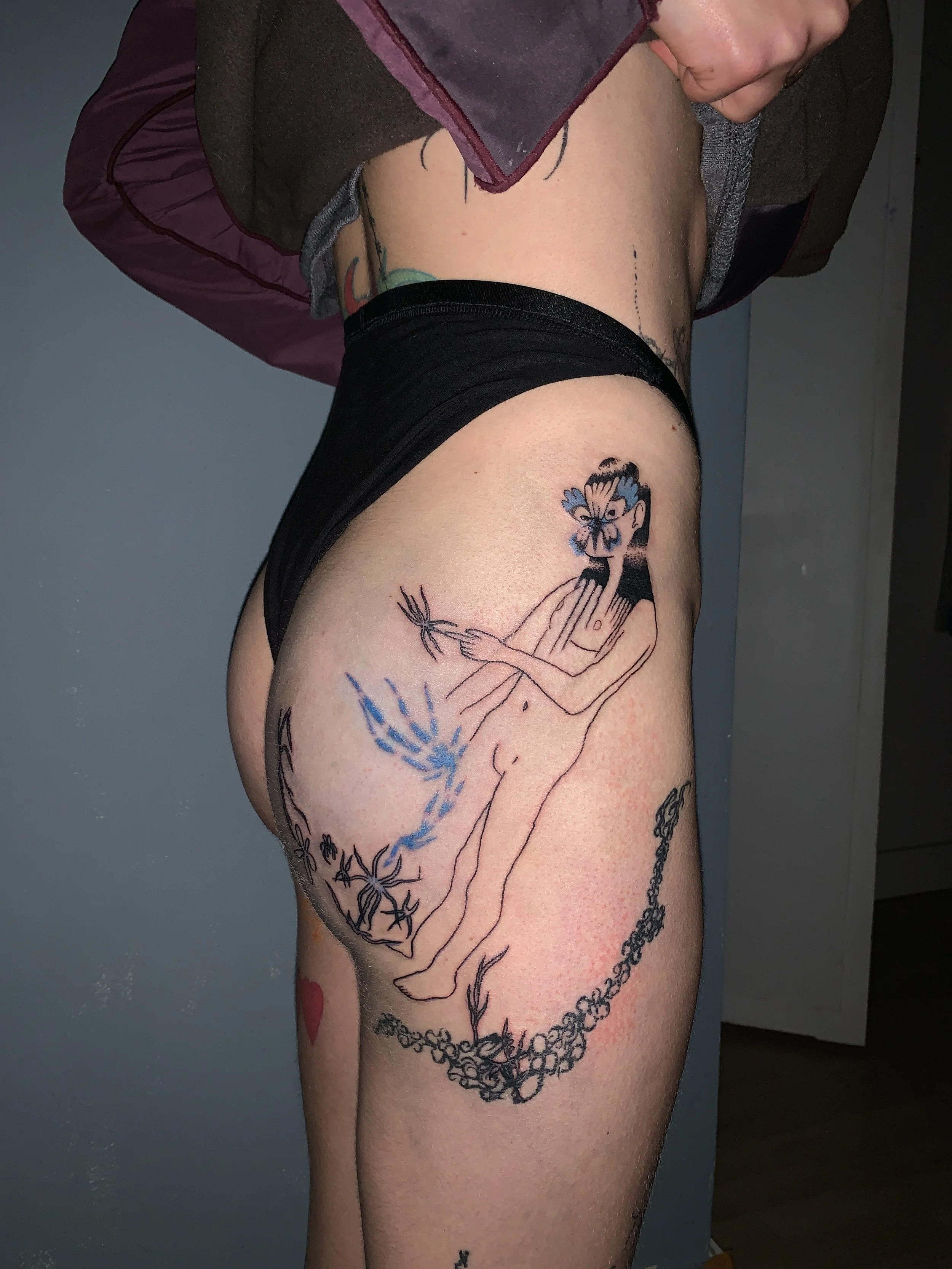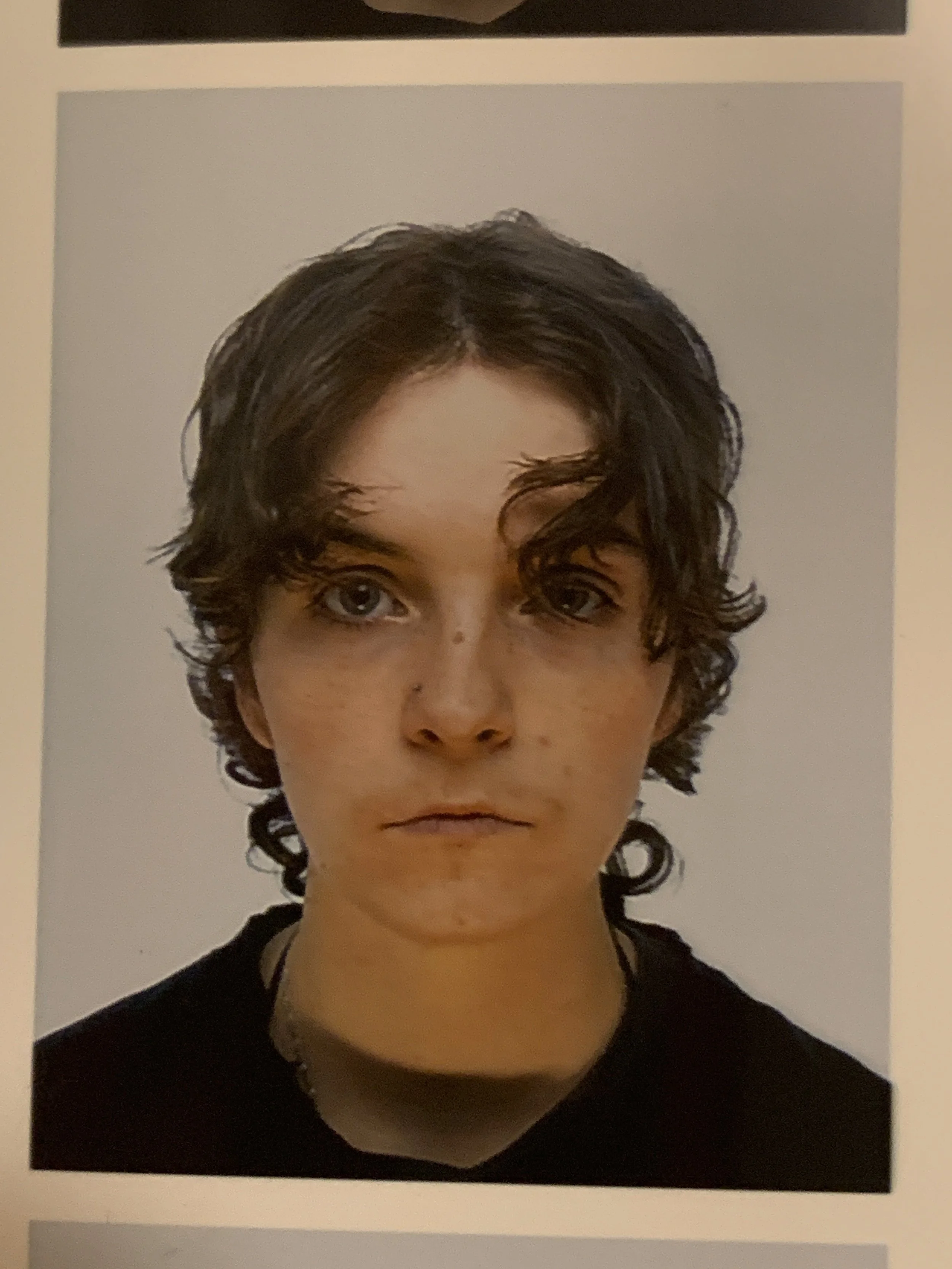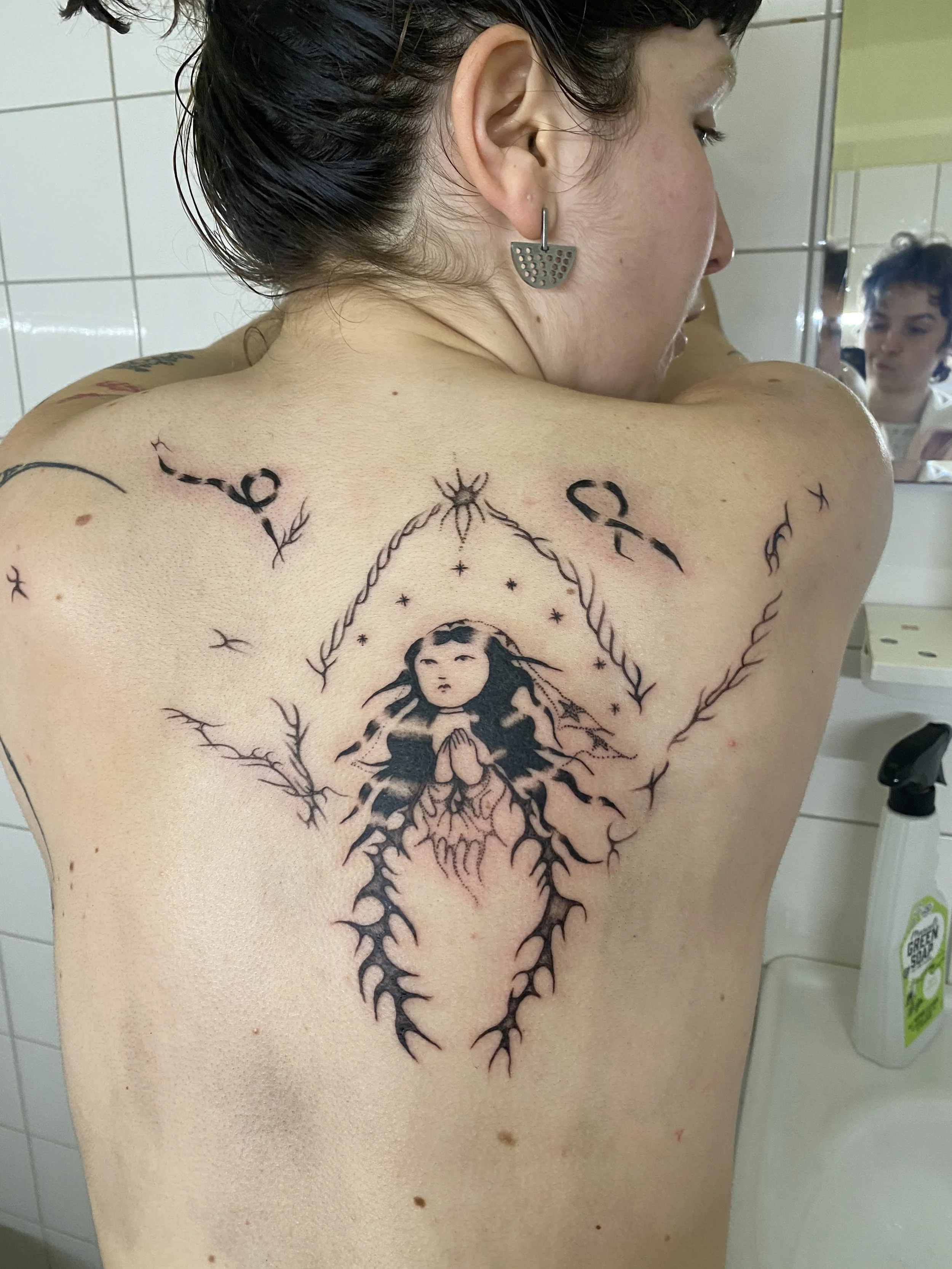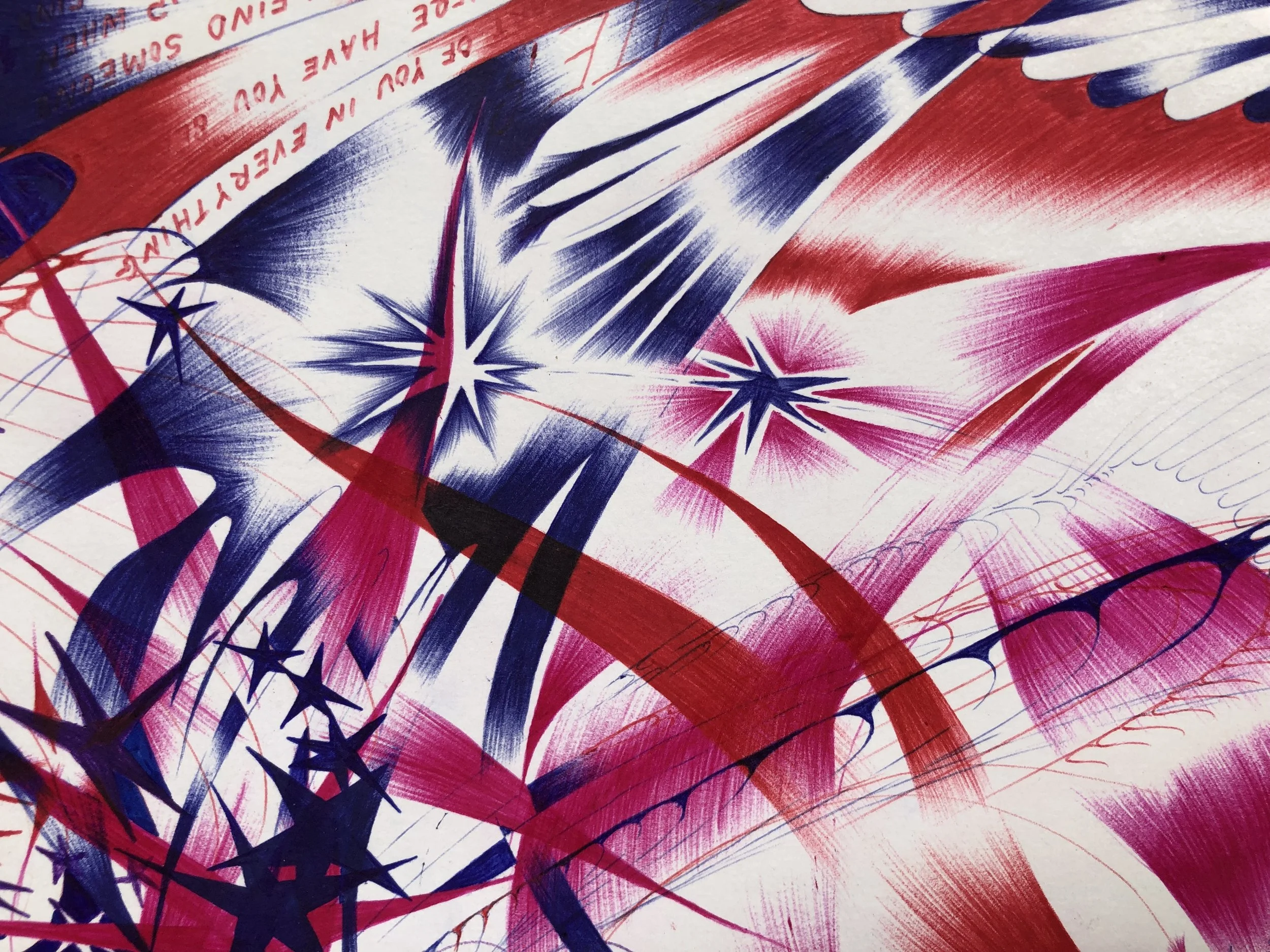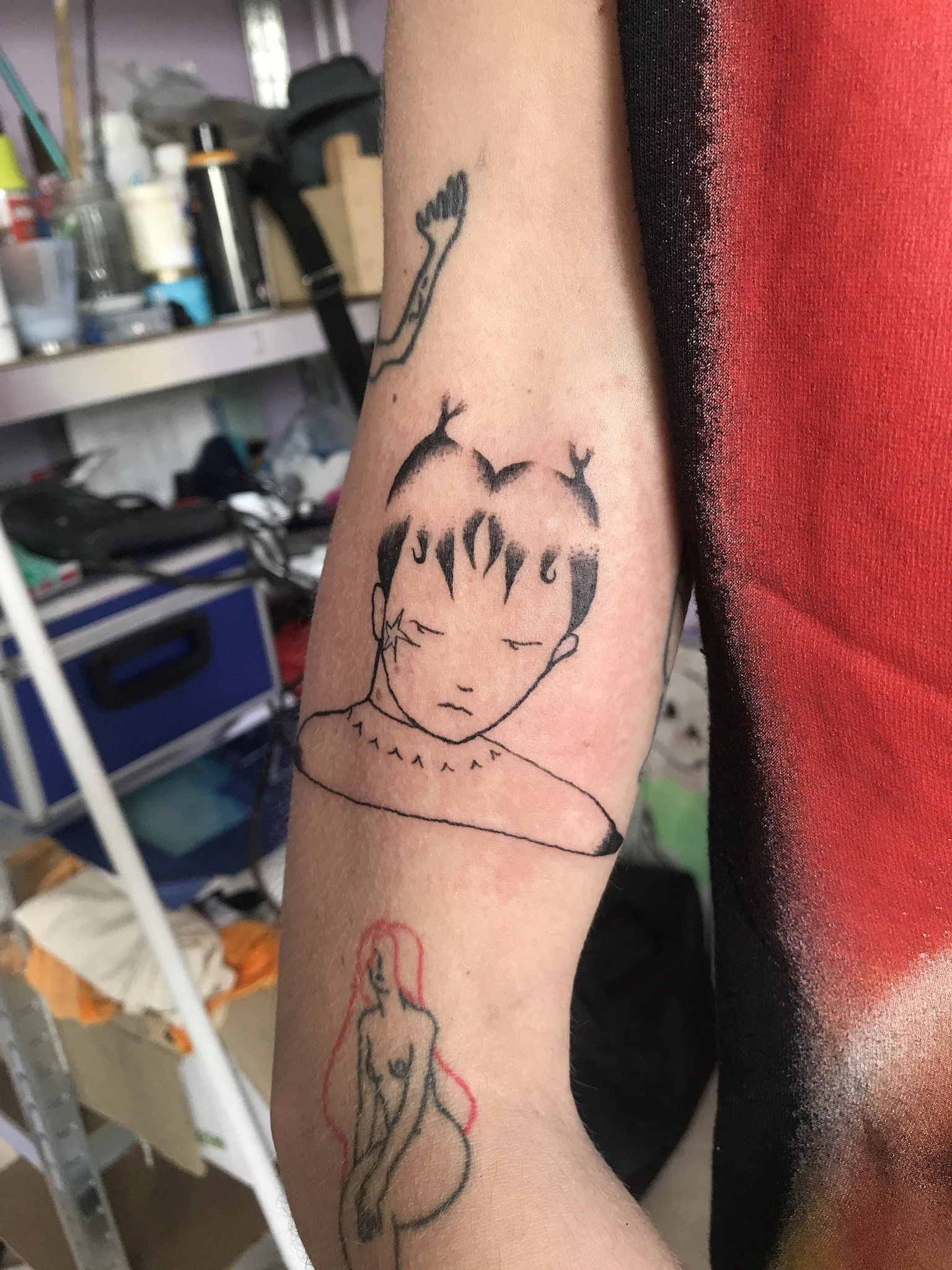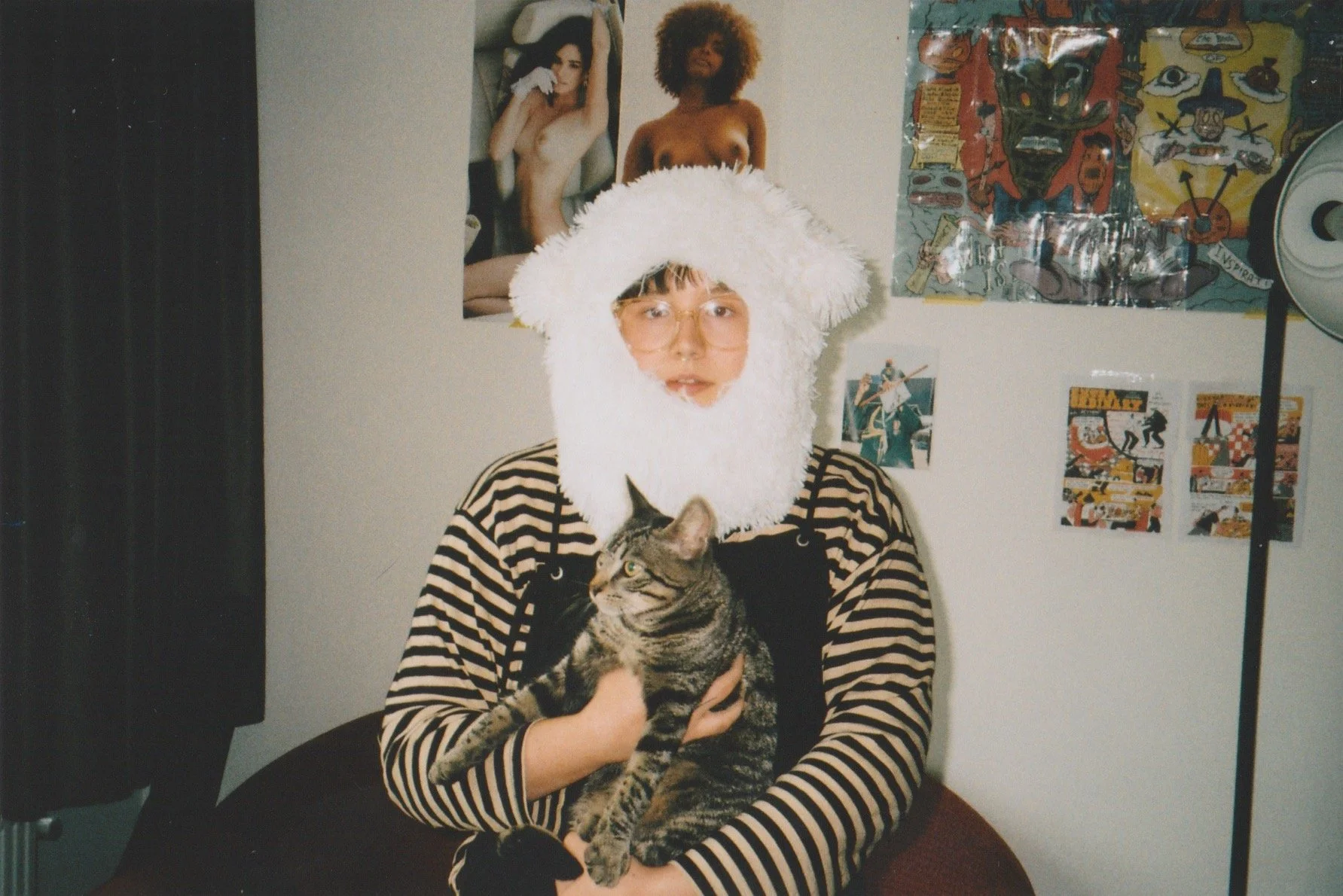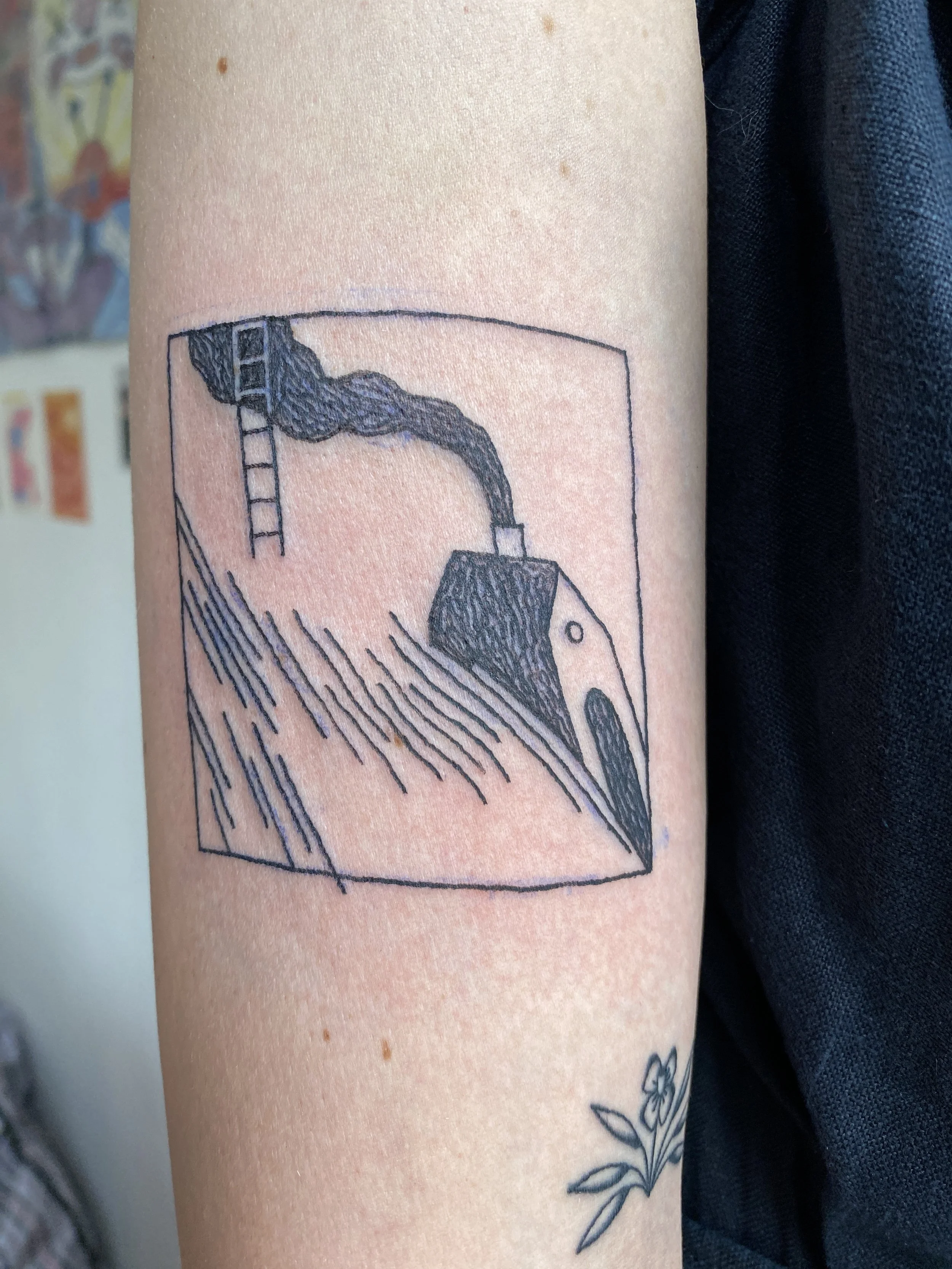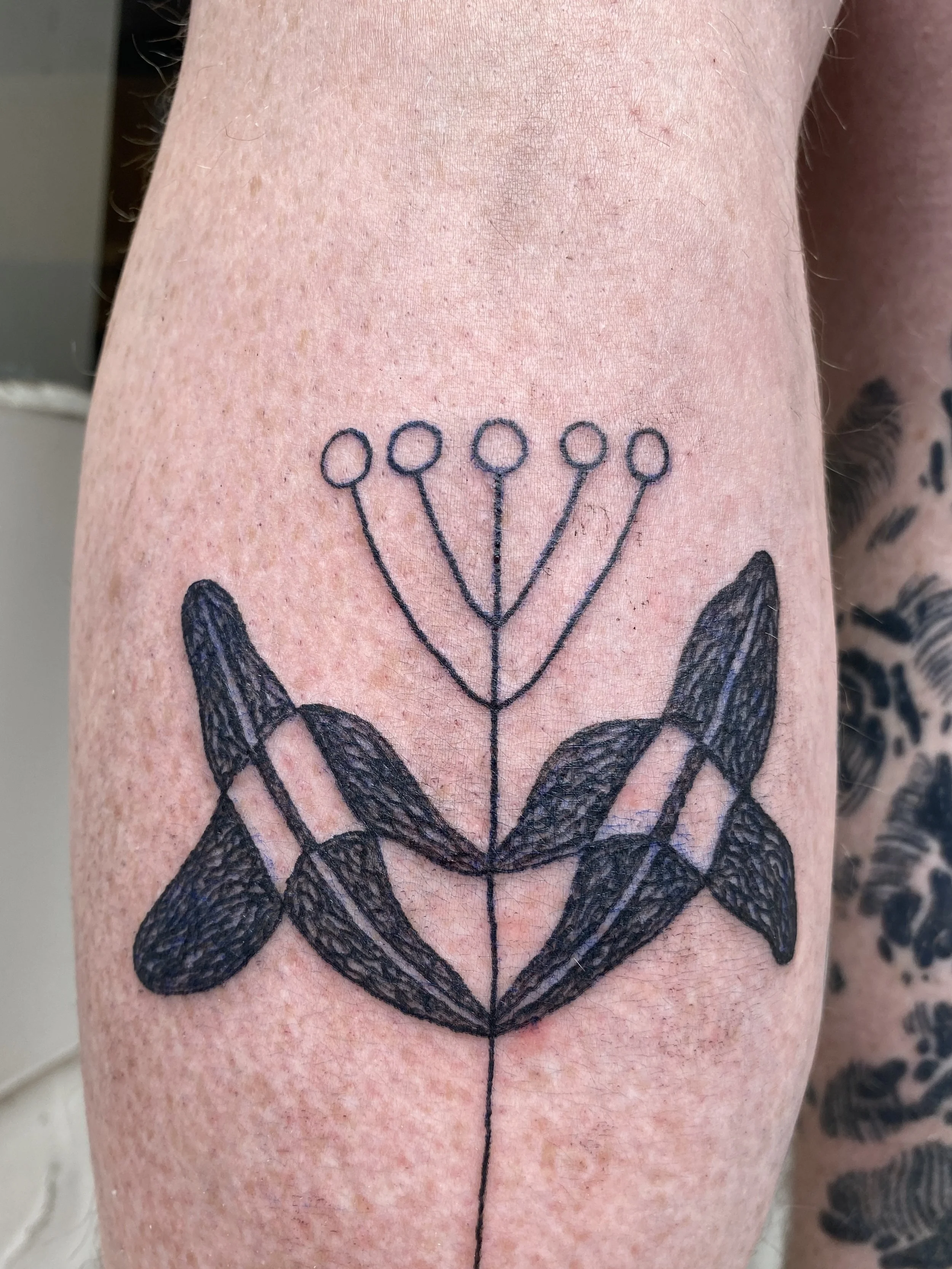Written by Masha Krasnova-Shabaeva
Taking inspiration from illustration and tattooing, more illustrators are combining the two in their work, enriching both fields. While it may feel like it’s a recent trend, at least in the Western world, this is only partly true. Tattoos, once considered taboo for centuries, slowly became mainstream, with a sharp rise in popularity during the 20th century. Among other factors, the rise of counterculture and its influence on the mainstream helped demonstrate that being tattooed is socially acceptable. Over the years, tattoos have undergone a major transformation and not only just for people wanting art on their bodies—they’ve become a recognised form of visual art. Today, it’s common to see works by famous tattoo artists sold at auctions or featured in large coffee table books. So, why not try entering this fascinating and inspiring new field?
Artists and illustrators are changing the industry in an exciting way. Many illustrators see it as an extension of their passion for image-making and storytelling, using it as merely another medium to express their creativity. "Illustrators are already drawing, and tattooing is just another medium to express their art,” says Ellie McGuinness, an illustrator and emerging tattoo artist. “The body as a canvas obviously brings different challenges than paper does, but it pushes you to think about your work differently.” They also mention that some of the reasons are purely financial: tattooing is well-paid and in demand because of its popularity. For illustrators, who often struggle to find consistent work, it’s an appealing option. You can stay true to your style and get paid for it.
Ellie McGuiness & their work
Ellie became interested in tattooing through the clothing line by the famous Ed Hardy, a living legend in the tattoo world. Growing up watching reality shows like Miami Ink, they initially imagined tattooing practice as something very intense. Later, they realized that it can be as serene and introspective as you want it to be. They mostly work alone in the studio, and their favorite aspect of tattooing is the social aspect: they enjoy meeting clients and having meaningful conversations with them.
Another illustrator and tattoo artist, Marije Maria, also enjoys connecting with others through her tattooing practice. “What I love most about tattooing is being able to do guest spots, travel a lot, and meet great people.” Marije certainly appreciates the contrast between working alone in the studio as an illustrator and being around people as a tattoo artist.
Marije Maria & her work
Her practice is full of contrasts: she is equally passionate about creating the smallest tattoo on a person's hand and painting a gigantic mural on the side of a building. “My work is greatly influenced by old traditional tattoo flash,” she says. “But I hope I’ve developed a style that's my own so people come to me for that.” Marije is excited to be a part of both the illustration and tattooing communities. For her, it’s important that people are kind in communication and passionate about their work—nothing else matters.
Ellie is also inspired by traditional tattooing: “I think trad is built on solid design principles.” They enjoy looking at old flash sheets and believe that understanding the history is very important. “I did an internship with a tattoo artist, and I think that showed me how good trad can be, but it’s also important to bring your own twist to it and not limit yourself too much.”
They don’t feel fully connected to the traditional tattoo scene, as they dislike the limiting rigidity of views on how tattoos should look and the judgment toward different approaches to the tattooing practice.
Masha Zotova & her work
Masha Zotova, an illustrator with a wide range of interests—from zine-making to production design—shares Ellie’s sentiment: “I never felt comfortable going to traditional tattoo shops, either as a client or as an artist. These days, I’d much rather invite a few artist friends and start our own cozy tattoo studio.” She feels that traditional tattoos don’t reflect her style. Masha is very grateful for the diversity of visual languages that illustrators bring to the field. She is inspired by how tattooing is constantly changing and evolving, with illustrators making a significant contribution to that.
“I’ve come to believe that tattoos are part of our skin, like moles and scars. They keep me company and make me love and appreciate my body more with each new piece,” says Masha. “I find that beautiful, and it always excites me when people see a design of mine that resonates with them.” Marije agrees: “I feel super honored that people want to have my work on their skin.” For her, tattooing also provides a vital sense of freedom of expression—the freedom to create images she truly wants to create. As a classical illustrator, it’s sometimes not easy to achieve that: you have to explain your images, listen to clients’ feedback, make adjustments based on their input, and so on. If tattooing offers you the freedom to be yourself, you have to treasure it.



